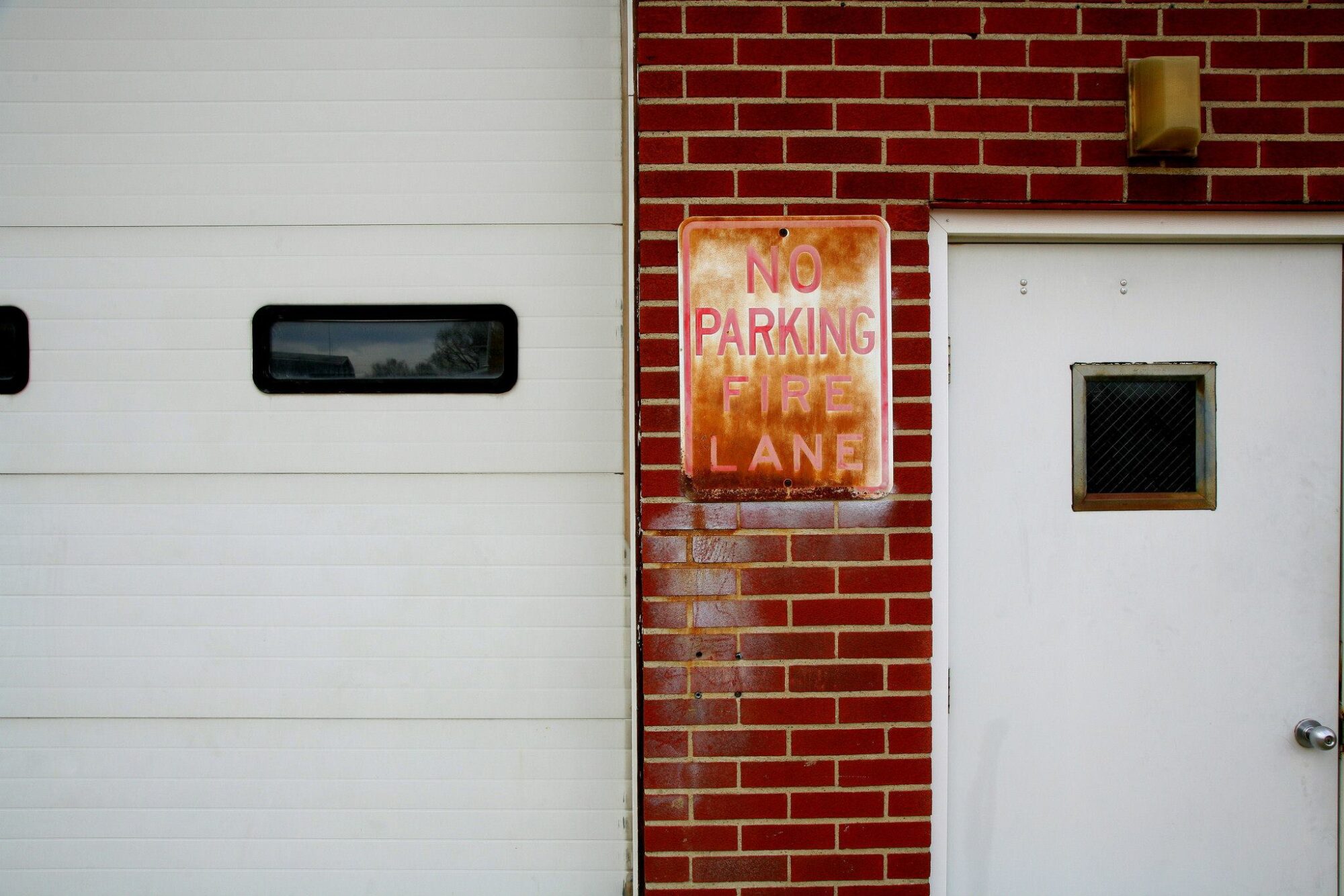Gallery with alias: PUBLIC_HISTORY_BLOG_POSTS not found
Local Historians in Service

My father has been a volunteer firefighter for 53 years. Since the 1960s living next door to the fire department I literally grew up in the shadow of gleaming red fire trucks, massive hoses, rubberized coats and boots, and the iconic brass eagle peaked helmets worn by the firefighters. In the evenings, the long wail of the station’s ear-splitting fire whistle called us home for supper, but day or night–anytime there was an emergency–it summoned our firefighting neighbors to answer the call of someone in need. In my house, as in others I’m sure, these volunteer firefighters didn’t screen the calls. They didn’t ask questions. They didn’t stay home because they were too tired, too busy, too late for work. When our fire whistle blew, a neighbor needed their help. And so they went. Always they went.
~Kevin Farkas, TSVP founder and executive producer
DOING HISTORY AS COMMUNITY SERVICE
This post is inspired by “Who Will Save Us,” a special three-part investigative report by BeaverCountian.com.
At The Social Voice Project, we’ve always wanted to do community oral history projects that would capture, preserve, and share the voices and stories of local first responders—especially fire fighters.
This is why we are very interested in the Beaver Countian’s upcoming investigative report, “Who Will Save You.” In addition to raising awareness of our county’s crisis among its many volunteer and professional fire departments, it is our hope that this reporting is made more meaningful and relevant through the voices and first hand experiences of firefighters–our friends, neighbors, family members, and fellow citizens.
This year Sam Ruland of the York Daily Record reports, “In the 1970s, Pennsylvania had about 300,000 volunteer firefighters. Today, it has about 38,000.” When asked why this is, Pa State Fire Commissioner Bruce Trego says, “The culture has changed. People don’t want to — or well, maybe it’s not that they don’t want to, but they don’t have time to volunteer,” among many other social and economic reasons.
Ruland’s investigative piece ultimately concludes, “Older volunteers are retiring and it’s getting harder to replace them.”
It’s a sad but familiar story we hear these days regarding volunteerism and participation in civic life. But that’s not how it’s always been. Prior to the 1970s, the number of Pennsylvania firefighters flourished. It seemed every small town had its own fire department. And fire protection—saving life and property—was widespread and immediate.
That’s now a bygone era, it seems, and we find ourselves asking how and why we got into this dangerous predicament. What will be the outcome?
“I just don’t know how much longer I can do this.” ~Rochester Fire Chief Mike Mamone III
The promotional video for “Who Will Save You” dares us to think about it: “What if your family called 911 in an emergency, but no help arrived? Volunteers in Beaver County’s 44 fire departments are facing crisis-level shortages [of firefighters] that have officials terrified of the day no one responds to a serious call. The danger is real, but the public is oblivious to its peril.”
We’re looking forward to the Beaver Countian’s reporting and hearing the voices and stories of our local firefighters because like no other time are we in need of hearing these stories and learning directly about the lived experiences of those who serve as first responders in our communities.
“Always render more and better service than is expected of you, no matter what your task may be.” ~Og Mandino
A WIDER PURPOSE
Capturing, preserving, and sharing the oral histories of our local first responders would give us all a better understanding of the incredible risks taken and sacrifices made to keep us safe. Such awareness could only add value to their service. But, we have to get to their stories or else they go unheard, unknown, unappreciated. Local historians associated with community historical societies, museums, or working independently as writers or media producers have the necessary historiographic skills and know-how to do this. They live and work in the same communities as our local first responders; in many cases local historians are the friends, neighbors, and relatives of first responders. There’s proximity.
Why not take advantage of such familiarity as the starting point toward “doing oral history” with first responders as a form of community service? If nothing else, such stories can serve as opportunities for first responders to reach out to the public they serve, make their pitch for more volunteers, funding, and other such desperately needed resources. Oral history work fulfilling this wider purpose (i.e., as community service) gives local historians greater reach beyond the boundaries of their museums and greater relevance (if not usefulness) to the communities they serve.
OUR POSITION
We’ve written elsewhere about the need for public historians to actively engage current events as historical events, but here we are encouraging public historians to engage their communities and do history as an active form of community service reaching beyond the museum walls.
Here’s what can be done by local historical museums and societies:
Find and connect with community service projects and understand their goals and needs
Ask: How can our museum or historical organization help community service projects?
Think about how community service projects can benefit from historical knowledge and expertise
Create contemporary history programs that intersect with and overlap community service projects
PUBLIC HISTORY MATTERS
At The Social Voice Project, we celebrate history and people through our community oral history projects that give us a chance to look, listen, and record the voices and stories of our time. We encourage all local historical societies and museums to capture, preserve, and share their communities’ lived experiences, memories, customs, and values. Future generations are depending on it.
Contact TSVP to learn more about our commitment to public history and technical assistance in creating community oral history projects.
CRITICAL ESSAYS & THOUGHTS ON PUBLIC HISTORY
CLICK IMAGE TO READ

You must be logged in to post a comment.